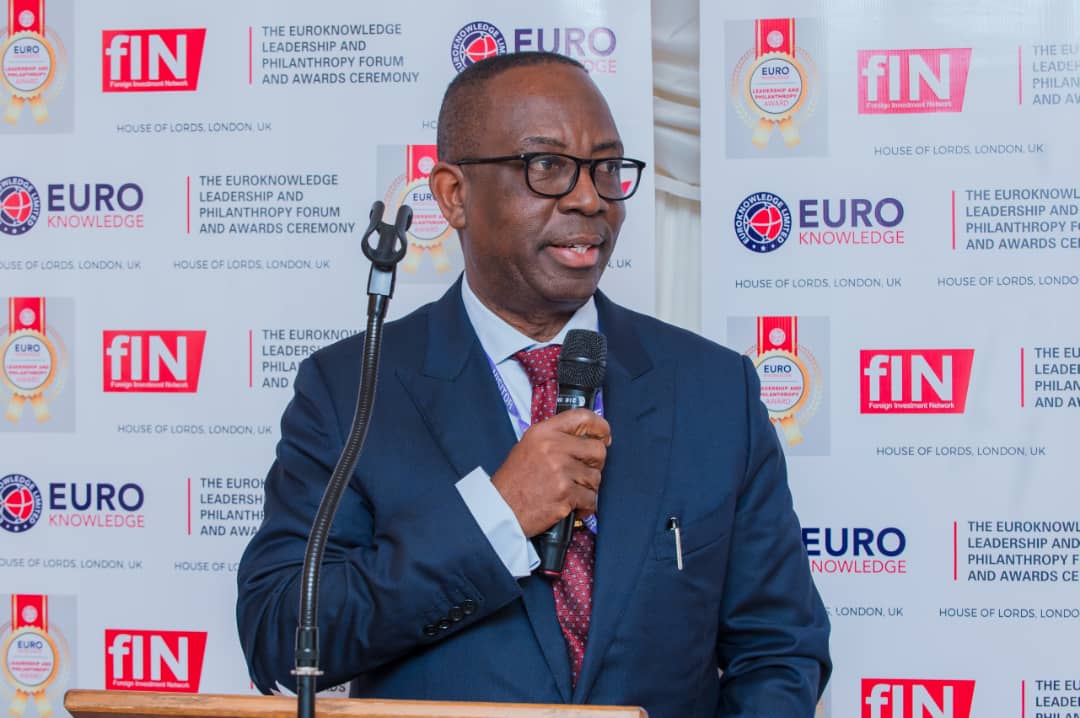Copyright Forbes

Katya Laviolette, the chief people officer at 1Password, is passionate about all things people. Zero trust (ZT) models transformed cybersecurity by upending how organizations think about and guard against threats. But can this strategy for safeguarding data, people and systems translate into successful techniques for building high-performance cultures? As the chief people officer of 1Password, a global identity security company, I live at the intersection of workplace and digital ecosystems. And I've found that certain zero trust principles are strikingly applicable to challenges that many people leaders face. In particular, they apply to our need to create cultures of resilience, collaboration and excellence in an era of distributed work, AI disruption, extreme volatility and continual change. Zero trust architecture transformed security from a barrier into an enabler. The same principles can reveal surprising lessons for bringing out the best in people. Here are four worth paying attention to. Listen, Align And Never Assume Before zero trust, organizations used a perimeter-based security model. Once a user or device was inside the company network, they were presumed trustworthy. But that model fell apart as the quantity and sophistication of cyberattacks exploded, remote work soared and the number of devices in use proliferated. Under the ZT model, every device, user, application and action is treated as if it poses a threat. People often boil it down to this simple adage: “Never trust, always verify.” When it comes to culture, people leaders could translate “Never trust, always verify” into “Never assume, always listen and align.” We’ve all seen ambitious projects fail because they were rooted in false assumptions. Meanwhile, something as simple as a memo, a confusing policy change or an unarticulated shift in strategy can send teams scrambling in different directions. In high-performing cultures, leaders take the time to ensure their teams are aligned with one another and that contributors understand how their roles help fulfill the company’s broader mission. This requires a “run toward conflict” mindset, in which leaders commit to unpacking and working through differences even when it’s uncomfortable and time-consuming. This investment lays the groundwork for teams to truly align, so they can work faster and smarter toward shared goals. Continuous Validation Builds Resilience Continuous validation is another ZT principle with clear implications for people leaders. While yesterday’s organizations relied on static, predictable security gatekeepers (like VPN logins at the start of a session), zero trust systems are continually monitored and revalidated to detect emerging threats in real time. Similarly, it was once considered sufficient to give employees feedback at set intervals, like once or twice a year. But in high-performing cultures, feedback and recognition are ongoing. This allows people to lean into their strengths, course-correct in real time and accelerate their paths to personal and professional growth. It’s also important to note that feedback isn’t necessarily a top-down affair. In nimble organizations, it comes from all directions. Personally, I’ve grown a great deal through “mutual mentorship” relationships, in which I’ve partnered with colleagues who are less experienced or sit in different functions. The concrete, actionable feedback that emerges during mutual mentorship sessions is just as valuable as any official performance review. Strength In Transparency Zero trust security requires full visibility. Organizations need deep observability of every corner of the network, every hour of the day, to detect and circumvent bad actors. This is a clear parallel to the principle of transparency, which is a defining trait of high-performing cultures. A recent Gallup poll found that 29% of employees say their leaders don’t provide "clear, honest or consistent communication." During periods of upheaval and uncertainty—like the one we’re in now, as organizations race to incorporate AI into their operations—transparency generates trust. This inspires greater productivity and innovation. In high-performing cultures, leaders communicate early and often, with as much clarity and precision as possible. People may not appreciate the content of every message, but they'll appreciate straightforward messaging. It's important to fully explain the issue at hand, place it in context and treat team members like the adults they are. Adaptation Should Be The Default Setting Security threats are constantly evolving, and so are zero trust systems. Organizations can no longer simply choose their security tools and protocols, then call it a day. Similarly, the best workplace cultures are always a work in progress. When adaptation is the default setting, rather than the exception, people come to embrace change. High-performing organizations measure, iterate and adjust as a matter of practice. This way, tech policies, team structures and ways of working remain relevant as the company grows and the competitive landscape shifts. Embracing adaptation doesn't mean people should feel unmoored. On the contrary. Organizational values can play a critical anchoring role. For example, when 1Password entered a period of hypergrowth, we put a great deal of effort into clarifying and articulating our values and training senior leaders on the behaviors and practices needed to bring those values to life. So, while the specifics of how we work might change (and do!), our core values don’t. The Security-Culture Link Zero trust was designed to bring greater resilience to today’s volatile, rapidly shifting security environment. But security isn’t the only aspect of the modern workplace that’s in a perpetual state of head-spinning flux. Given the parallels, it makes sense that the thinking behind today’s security approaches can inform how we build high-performing cultures. By banishing assumptions, providing ongoing feedback, elevating transparency and making adaptation the default setting, organizations can take a page from modern cybersecurity practices and create cultures that power growth even in challenging conditions. After all, security and organizational success have an essential ingredient in common: people.



